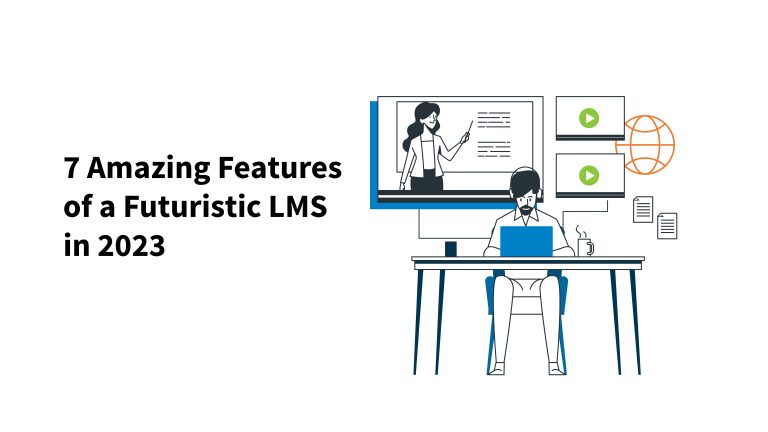

Gamification, the integration of game elements into non-gaming contexts, is reshaping the landscape of education and development. In the realm of Learning Management Systems (LMS), gamification has emerged as a powerful strategy to captivate learners, heighten motivation, and significantly improve the efficacy of educational programs. In this article, we delve into the concept of gamification within LMS and its potential to unlock new levels of achievement in the world of learning.
What is Gamification in learning?
Let’s break the myth, Gamification doesn’t necessarily involve transforming every learning experience into a video game. Instead, it harnesses the principles of game design to make learning more enjoyable and effective. It introduces elements such as points, badges, leaderboards, challenges, and rewards into the learning process of a learner making it more engaging. These components tap into our innate human drive for competition, achievement, and the desire for recognition.
How is a learner engaged?
Let’s understand how does Gamification increases the involvement and engagement of a learner. One of the most substantial advantages of gamification in LMS is its capacity to engage learners through challenges. Whether it involves tackling complex problems, acing quizzes, or mastering specific skills, learners are drawn into the learning experience through the excitement of overcoming hurdles. This engagement proves especially beneficial in online courses or remote learning settings, where maintaining student motivation can be a challenge.
How are learners motivated?
To motivate the learners, rewards play a pivotal role. The prospect of earning points, badges, or other virtual rewards acts as a powerful motivator, encouraging learners to actively participate and complete the tasks. These rewards provide immediate feedback and recognition, reinforcing positive learning behaviors.
How to fostering Healthy Competition through Gamification
Leaderboards are a common feature of gamification and a potent tool for instigating competition among learners. When students can gauge their progress compared to their peers, it often sparks a healthy sense of competition, motivating them to vie for top positions. This competitive spirit can inspire learners to invest more effort and engage more deeply with the course material.
Tracking the Progress and Feedback mechanism
Gamification integrated into LMS allows for comprehensive progress tracking. Trainers can closely monitor each learner’s performance, pinpoint areas where additional support may be necessary, and intervene as needed. This data-driven approach empowers instructors to adapt their teaching strategies to suit individual learning needs effectively.
Does it have Real-World Application?
The effectiveness of gamification within LMS extends well beyond the classroom. Many organizations have embraced this approach for employee training and development. Through gamified courses, employees can elevate their skills and knowledge while enjoying the learning journey. This not only leads to more engaged employees but also enhances on-the-job performance.
Case in Point: TriByte Learning Management Software
A shining example of gamification in LMS is the learning platform from TriByte. The platform skilfully incorporates a wide array of game-like features, including badges, leaderboard, accumulation of points, and friendly competition among peers. These elements have made learning not only efficient but also an enjoyable and immersive experience for users across various domains.
While gamification within LMS offers numerous benefits, it does come with its set of challenges. Designing effective gamified content demands careful attention to the needs, objectives, and preferences of learners. An overly competitive environment or poorly designed game elements may discourage some learners instead of motivating them.
Furthermore, it’s imperative that gamification does not overshadow the quality of educational content. The learning experience should remain the central focus, with gamification elements enhancing, rather than distracting from, the core curriculum.
Gamification within Learning Management Systems represents a significant stride forward in education and training. By infusing game-like elements into the learning process, educators and organizations can elevate engagement, motivation, and knowledge retention among learners. As technology continues to advance, we can anticipate even more innovative and effective ways to leverage gamification for achieving educational and developmental goals. Embrace the idea of “achievement unlocked” and explore the world of gamified learning—it’s a path to unlocking the full potential of education, and platforms like TriByte are leading the way.


